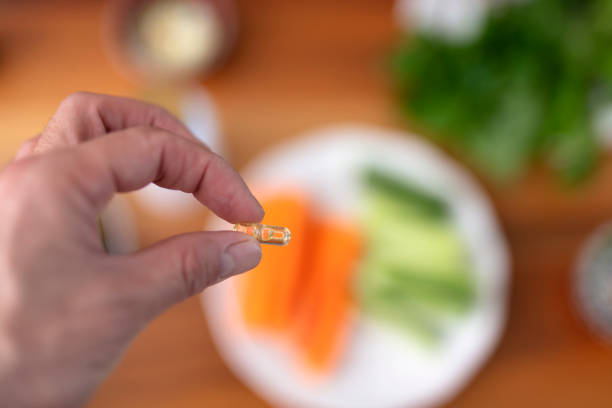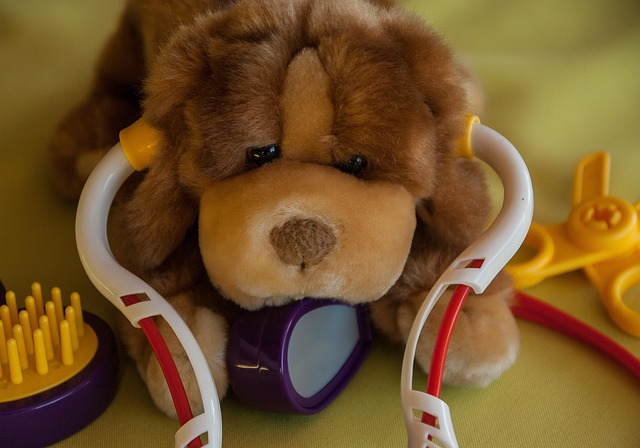Lose Weight Safely in the UK with No Invasive Procedures Needed
For those in the UK exploring safer weight loss options, the gastric balloon offers a non-surgical path to better health. This medical technique helps reduce appetite by creating a feeling of fullness, without the need for invasive procedures. Clinically supported and widely used, the gastric balloon is changing the way people approach weight management — gently, effectively, and with less risk.

How Does the Gastric Balloon Work Without Surgery?
The gastric balloon procedure is remarkably straightforward and does not require any surgical incisions. During a brief outpatient visit, a deflated soft silicone balloon is inserted into the stomach through the mouth using an endoscope. Once in place, the balloon is filled with a sterile saline solution, expanding to about the size of a grapefruit. This process typically takes around 20-30 minutes and is performed under light sedation to ensure patient comfort.
The presence of the balloon in the stomach creates a sense of fullness, effectively reducing the amount of food a person can consume before feeling satisfied. This physical restriction helps patients adapt to smaller portion sizes and develop healthier eating habits. Unlike surgical options, the gastric balloon is temporary and is usually removed after six months, allowing the body to adjust gradually to new dietary patterns.
Why is Fullness So Important for Sustainable Weight Loss?
The concept of fullness, or satiety, plays a crucial role in sustainable weight loss. When we feel full, we’re less likely to overeat or snack unnecessarily. The gastric balloon capitalizes on this principle by occupying space in the stomach, leading to earlier and longer-lasting feelings of fullness during meals.
This induced satiety helps individuals naturally reduce their caloric intake without feeling deprived. Over time, this can lead to significant weight loss and, more importantly, help establish new eating habits that can be maintained even after the balloon is removed. The psychological impact of feeling satisfied with smaller meals can be a powerful tool in reshaping one’s relationship with food, contributing to long-term weight management success.
What Can You Expect During and After the Gastric Balloon Procedure?
The gastric balloon procedure is relatively quick and minimally invasive. Patients can typically return home the same day, with most experiencing only mild discomfort in the initial days following insertion. Common side effects may include nausea, vomiting, and abdominal cramps, which usually subside within a week as the body adjusts to the balloon’s presence.
After the procedure, patients work closely with a team of healthcare professionals, including dietitians and fitness experts, to develop a comprehensive weight loss plan. This support is crucial for maximizing the benefits of the gastric balloon and establishing healthy habits that will continue after its removal.
During the six months the balloon is in place, patients can expect to lose a significant amount of weight, with many studies reporting average losses of 10-15% of total body weight. However, individual results may vary depending on adherence to dietary and lifestyle changes.
What Happens After the Balloon is Removed?
The removal process is similar to the insertion, typically taking about 20 minutes under light sedation. Once the balloon is deflated and removed, patients may experience a temporary increase in appetite. However, the habits and lifestyle changes developed during the treatment period are designed to help maintain weight loss long-term.
Many patients find that the gastric balloon period has given them the tools and motivation to continue their weight loss journey independently. Follow-up care and support are often provided to help individuals transition and maintain their new healthier lifestyle.
How Much Does the Gastric Balloon Procedure Cost in the UK?
The cost of a gastric balloon procedure in the UK can vary depending on the provider and specific treatment plan. Here’s a comparison of some providers and their estimated costs:
| Provider | Location | Estimated Cost |
|---|---|---|
| Spire Healthcare | Various UK locations | £4,000 - £5,000 |
| Transform Hospital Group | Nationwide | £3,995 - £4,995 |
| The Hospital Group | Multiple UK clinics | £3,795 - £4,795 |
| BMI Healthcare | UK-wide | £4,500 - £5,500 |
| Ramsay Health Care | Various UK hospitals | £4,250 - £5,250 |
Prices, rates, or cost estimates mentioned in this article are based on the latest available information but may change over time. Independent research is advised before making financial decisions.
It’s important to note that these costs typically include the balloon insertion procedure, follow-up appointments, and removal after six months. Some providers may offer package deals that include nutritional support and aftercare, which can affect the overall price.
Is the Gastric Balloon Right for You?
While the gastric balloon offers a non-surgical option for weight loss, it’s not suitable for everyone. Ideal candidates are typically those with a BMI between 27 and 40 who have been unable to lose weight through diet and exercise alone. It’s also crucial that patients are committed to making long-term lifestyle changes to ensure the best results.
Before considering this procedure, it’s essential to consult with a qualified healthcare professional who can assess your individual case and determine if the gastric balloon is an appropriate option for your weight loss journey. They can also provide a more detailed understanding of the potential risks and benefits specific to your situation.
The gastric balloon represents a significant advancement in non-surgical weight loss options for those in the UK. By offering a less invasive alternative to traditional weight loss surgeries, it provides a valuable tool for individuals looking to jumpstart their weight loss journey safely and effectively. With proper guidance and commitment, the gastric balloon can be a stepping stone to lasting health improvements and a more balanced lifestyle.
This article is for informational purposes only and should not be considered medical advice. Please consult a qualified healthcare professional for personalized guidance and treatment.




